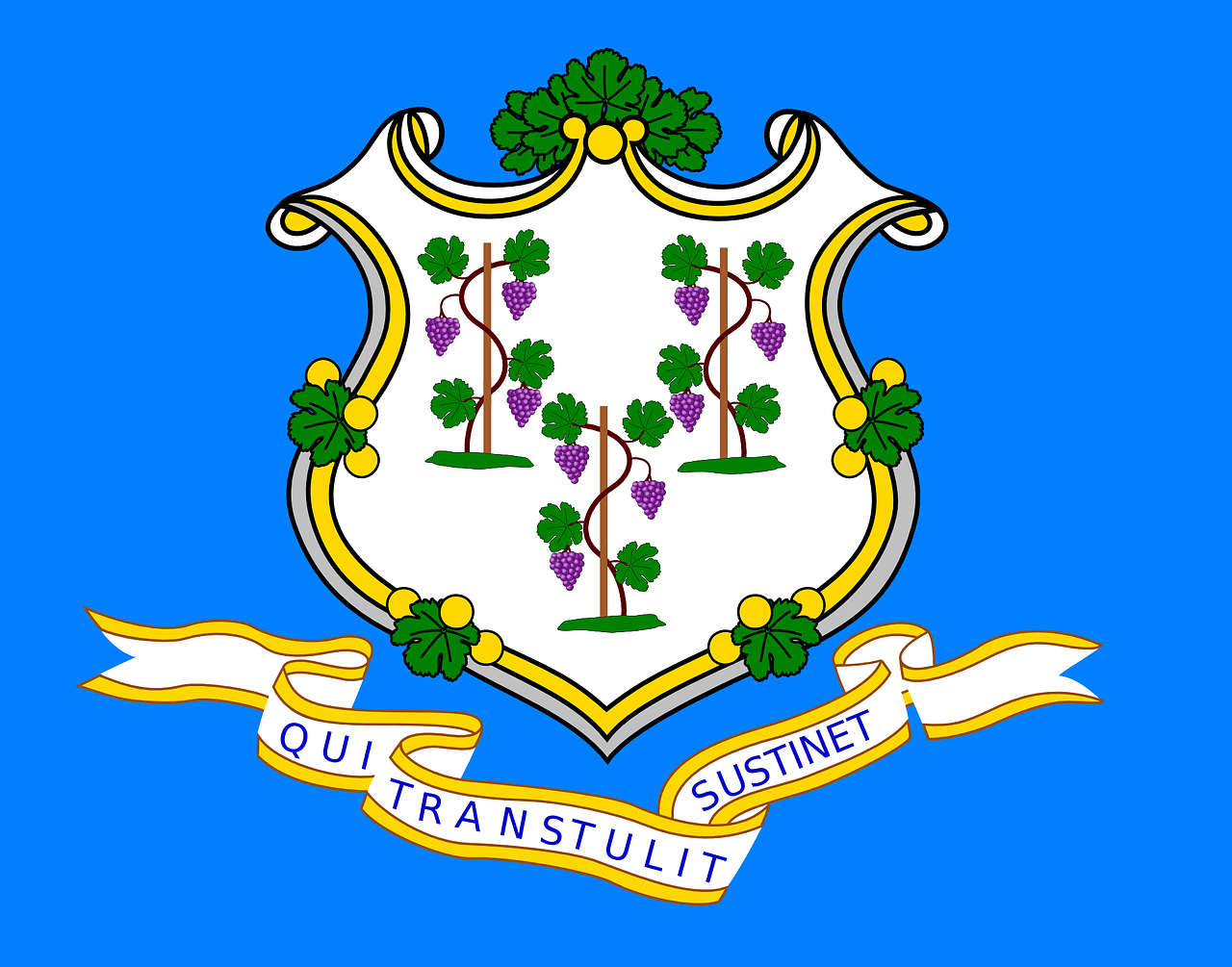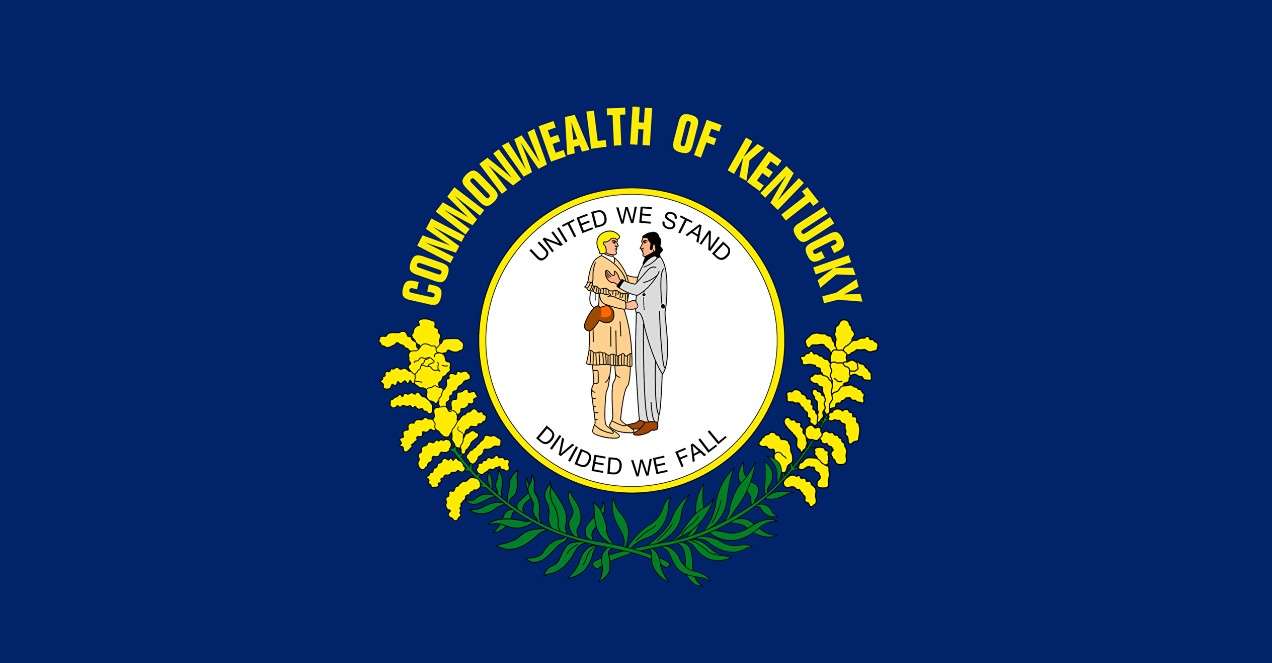Any political movement’s official flag, which is created to fit with the movement’s identity, is one of its most recognisable symbols. Similarly, shortly after the Iranian Revolution’s victory in February 1979, Ayatollah Khomeini insisted that the nation’s flag be updated to reflect the new revolutionary age.
The traditional lion-and-sun emblem, which had its roots in Iranian literature, mythology, and culture, was a part of Iran’s flag before the Islamic revolution. However, after the Islamic revolution, the new regime argued that the sun and lion is associated with an oppressive monarchist regime. Therefore, a new flag design with colours of green, white and red, and an emblem of Allah in the middle was adopted on July 29, 1980, reflecting the country’s Islamic affiliation.
Iran is an ancient nation that was formerly referred to as Persia until the 20th century. In the past, during times of battle and peace, flags and banners have played a significant role as national symbols. Its history, as old and rich as any, has endured the battering of invasions and competing influences over millennia and so Iran’s flag has evolved over time based on the socio-political climate of each dynasty.
HISTORICAL TIMELINE OF THE FLAG OF IRAN
The flag of Iran is as ancient as the Iranian empire and has undergone just as many modifications as the Persian and Iranian dynasties. As far back as the Achaemenid dynasty, every Persian and Iranian monarchy had a distinctive flag which they resonate with.
Achaemenid Dynasty
Cyrus the Great established and governed the first Persian dynasty, the Achaemenid Dynasty, in 550 BCE. The dominant flag under the Achaemenid dynasty featured a golden eagle with open wings bearing three circles. The eagle represented the supreme ruler of all soaring creatures, signifying the king’s power and wealth. The three circles, however, were not fully explained, but one of the many interpretations has been the symbolic representation of the three tenets of the Zoroastrian religion. These three tenets are good thoughts, good words, and good deeds.
Sasanian Empire
The flag flown by the Sasanian empire is considered to be Persia’s first national flag. It included a rectangular leather flag with a purple background, a star with four points in the middle representing the world’s four corners, and a jewel-like pattern. The flag is also known by the name Darafsh-e-kaviani. According to popular narration, a blacksmith by the name of Kaveh staged a revolt against a corrupt and oppressive regime. He held out his leather blacksmith apron and urged the people to fight. After the war was won, the people embellished the apron with jewels, and the flag came to represent nationalism and resistance.
Ghaznavid Dynasty
By the time Mahmud Ghazni took over Persia, Islam had already developed in the region. In 998 BCE he introduced his flag which consisted of a black background with the sun at the center. At the onset of Islam, black became the colour of the Abbasid dynasty. Thus, Ghazni adopted black colour as an ostentatious display of Sunni orthodoxy and ritual submission to the caliph.
Safavid Dynasty and the incorporation of Lion & Sun
During the Safavid Empire, the Persians carried three distinct green flags with distinctive symbols. The Persian king Safavid (sultan) used a green flag with a gold full moon during the reign of Ismail I. King Tahmasp I replaced the moon on the flag between the years of 1524 and 1576 with a sheep and a sun sign. The Persians adopted the lion and sun sign with gold embroidery during the reign of Ismail II King of the Empire. The lion represented state and Sun represented religion.
The Safavian interpretation of the lion and sun is based on Islamic holy figures and Ferdowsi’s Shahnameh’s epic expedition of the Persian Empire. In this interpretation, the lion was the holy man, and the sun was the king. Jamshid, the founder of the Persian empire, served as the king in this instance, and the holy man was Ali, who according to Shi’ite beliefs, was the original Khalifeh. The lion represented Ali, whom Iranians have referred to as the “Lion of God”.
Afsharid Dynasty
The Afsharid dynasty had two royal flags, one with white, yellow, blue, and red stripes and the other with blue, red, and white stripes. Nader Shah used a flag with a yellow banner and a crimson border, with a yellow lion and sun sign in the centre. Each and every flag that was used had a triangle shape. Nader shah avoided the usage of green colour due to its associate with Safavid and Shia Islam.
Zand Dynasty
During the rule of the Zand dynasty, a triangular-shaped green border encircled a gold sun and lion in the centre. Another iteration used the same design in addition to a red and green colour scheme.
Qajar Dynasty
Muhammad Shah Qajar gave his approval to the lion-and-sun emblem that served as the Qajar dynasty’s seal. However a sword was added to the lion’s hand during the Qajar dynasty. Following Qajarian approval in 1836, the lion-and-sun emblem on the flag gained significance as a cultural symbol in Iran. The lion-and-sun symbol eventually became Iran’s official national emblem after being engraved on the country’s official coins in 1838 and again in 1894 to adorn the official military uniform.
Constitutional Revolution of 1906
The modern Iran tricolor flag was adopted after the Iran’s constitutional revolution in the year 1906 with the three horizontal colours of green, white, and red from top to bottom. These colours were prevalent in many Islamic countries as they were a symbol of Islamic faith. Under article 5 of the Iranian constitution, the image of lion-and-sun codified as Iran’s national flag’s emblem. Although, the variation of the three colours existed prior to the constitutional revolution of 1906. It was during the constitutional revolution that the colours and their positions were officially selected accordingly.
Pahlavi Dynasty
The official flag of Iran was maintained by the Pahlavi dynasty to be identical to the one used during the constitutional revolution, but two other flags were added as extensions of the official flag: the national flag and the military flag. The three colours of the other flags were still present in the national flag, but unlike the official and military flags, it did not have an emblem in the centre. Additionally, the sun features were removed and the flag’s crown was replaced with Pahlavi crown on the naval flag.
THE FLAG OF THE ISLAMIC REPUBLIC OF IRAN
Until Iran’s Islamic revolution in 1979, the country’s flag remained unchanged. Following the revolution, the new administration changed the political and judicial structures to conform to their Islamist ideology. One of these policy changes involved the flag’s appearance. The redesign of the flag to better reflect Iran’s Muslim state was one of the major political developments.
Thus, a national competition was announced in 1979 for a new design. Ayatollah Khomeini invited all Iranian citizens, from around the country, to submit their design for the flag. Eventually, Dr. Hamid Nadimy’s design was selected to be Iran’s new flag.
Symbolic Significance of the Flag
Iran’s flag is unique in many ways and holds hidden messages.
Source: Islamic Republic of Iran, Ministry of Foreign Affairs
The flag is a horizontal tricolour of green, white and red from top to bottom with the national emblem in the center. Wherein, the green stands for cultural growth, unity, Persian language as well as being the symbolic colour of Islam. White colour stands for freedom and peace. The red colour stands for courage as well as represents the blood of those who fought for the country.
On the central facing edges of both green and red bars is a pattern looking design. Those are actually the words “Allahu Akbar” (Allah is great) written in the stylized kufic script eleven times on each side, making it 22 times repeated to represent the 22nd of the month of Bahman in the Iranian calendar which landed on the 11th of February of 1979 which marked the beginning of Islamic Republic.
In the middle lies the National Emblem or the Tawhid, which is a stylized symmetrical composition of images that looks like four crescents and a sword. However, they are actually letters forming an overlapping monogram of the Shahada (Muslim creed), which is the universal declaration of Islam meaning “There is no God except Allah”. All are shaped in the form of a tulip looking image. According to the ancient Iranian legend, tulip has a special meaning. Because the tulip can only grow with the blood of martyrs.
A few months following the acceptance of the new flag, Iraq invaded Iran, starting an eight-year conflict that claimed a million lives. The new flag was used to adorn the graves of Iranian troops who died in combat. As a result, this new flag quickly began to have a significant emotional impact on Iranians. The flag has become an emotional representation of the entire country for the generation that grew up during the conflict and stirs up emotions of pride, tenacity, and passionate nationalism.
By: Heena Parveen



